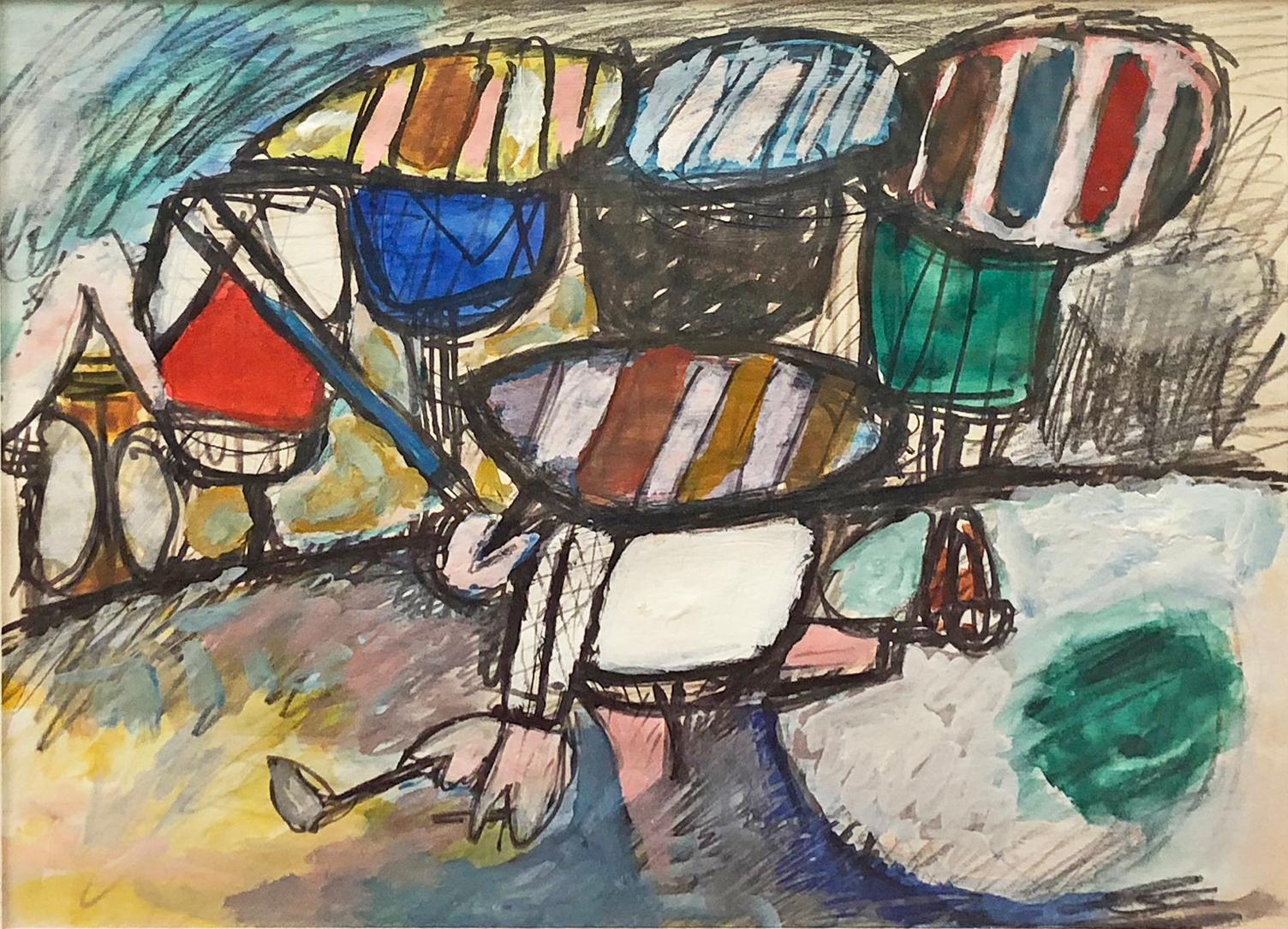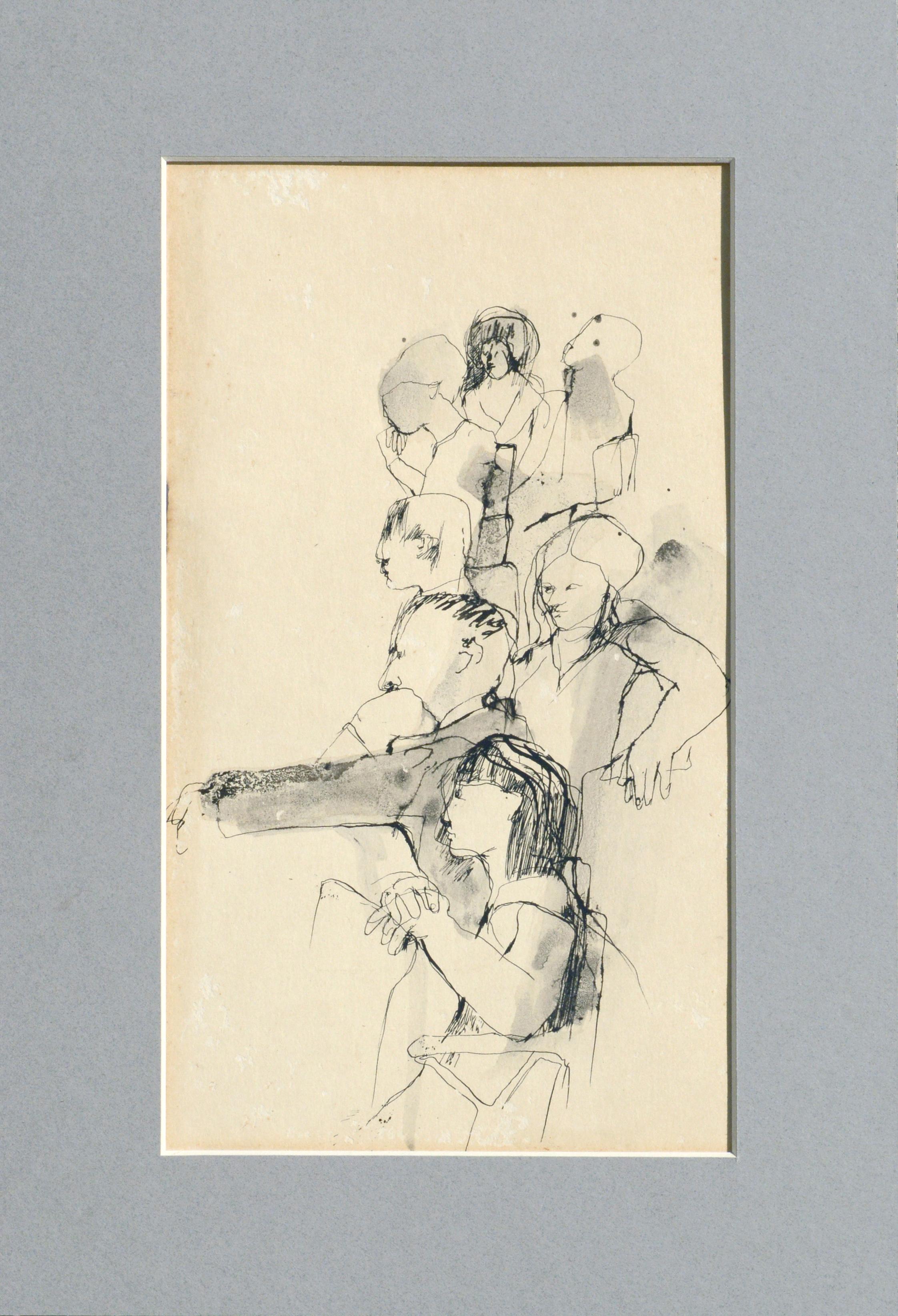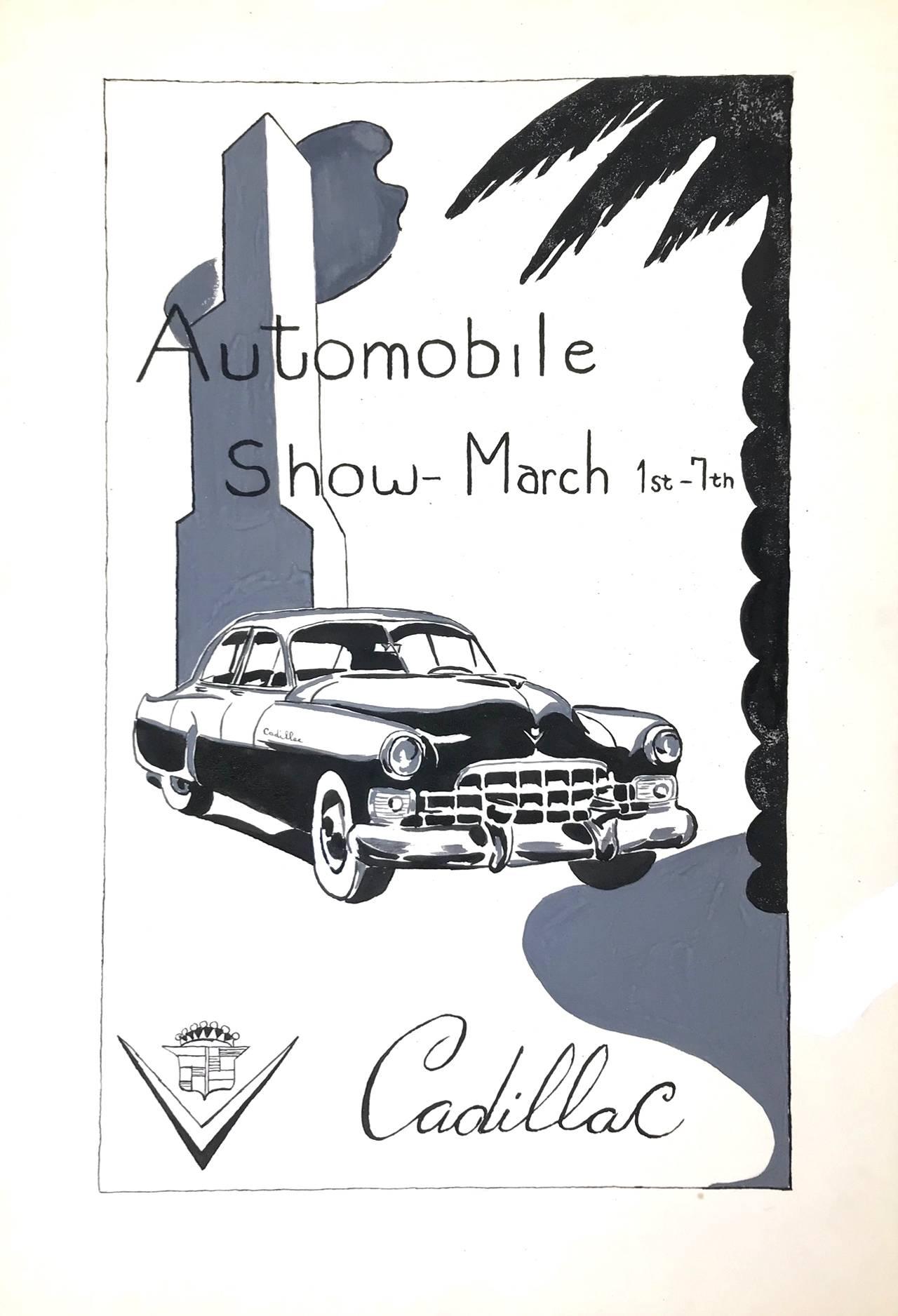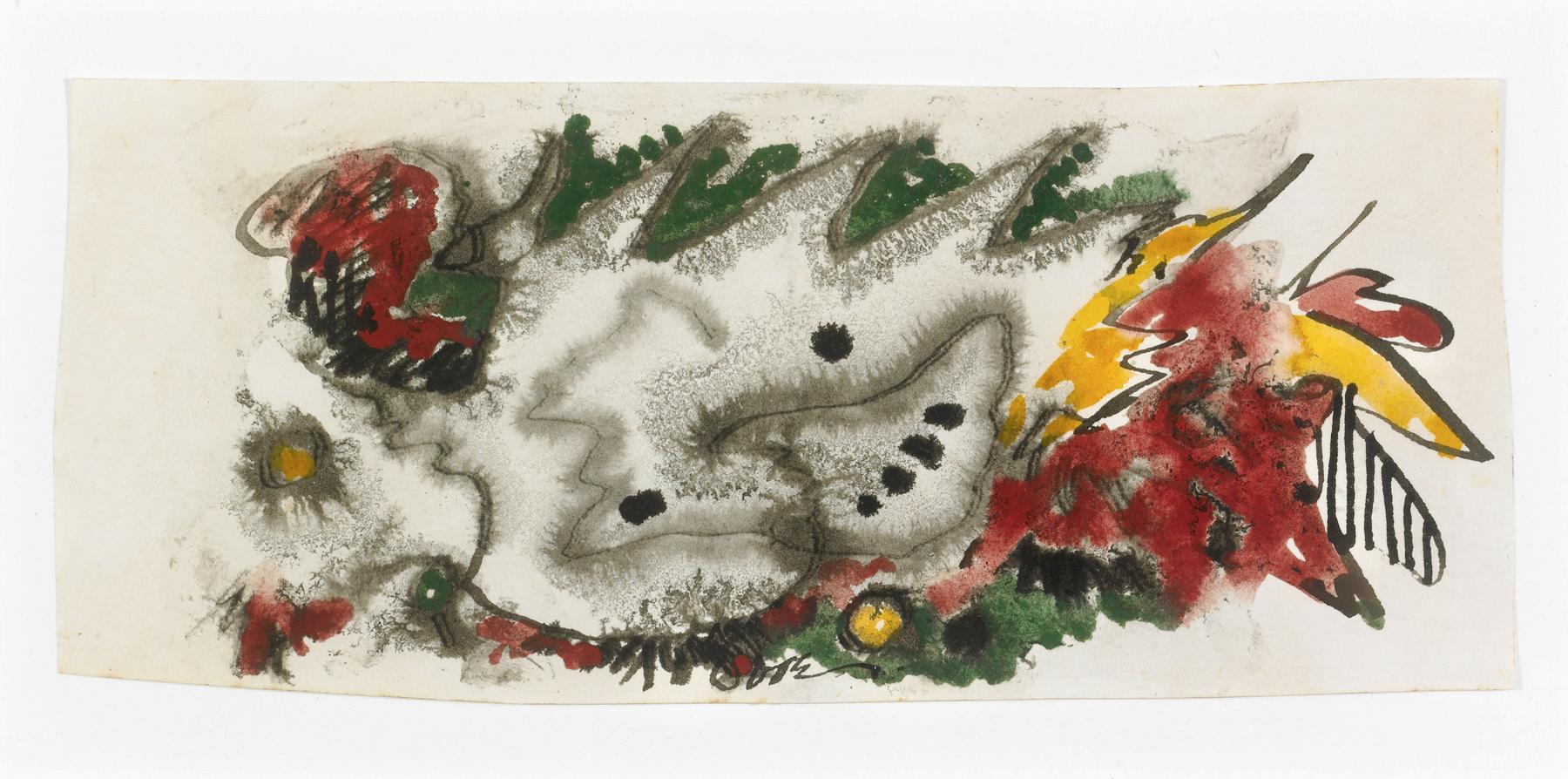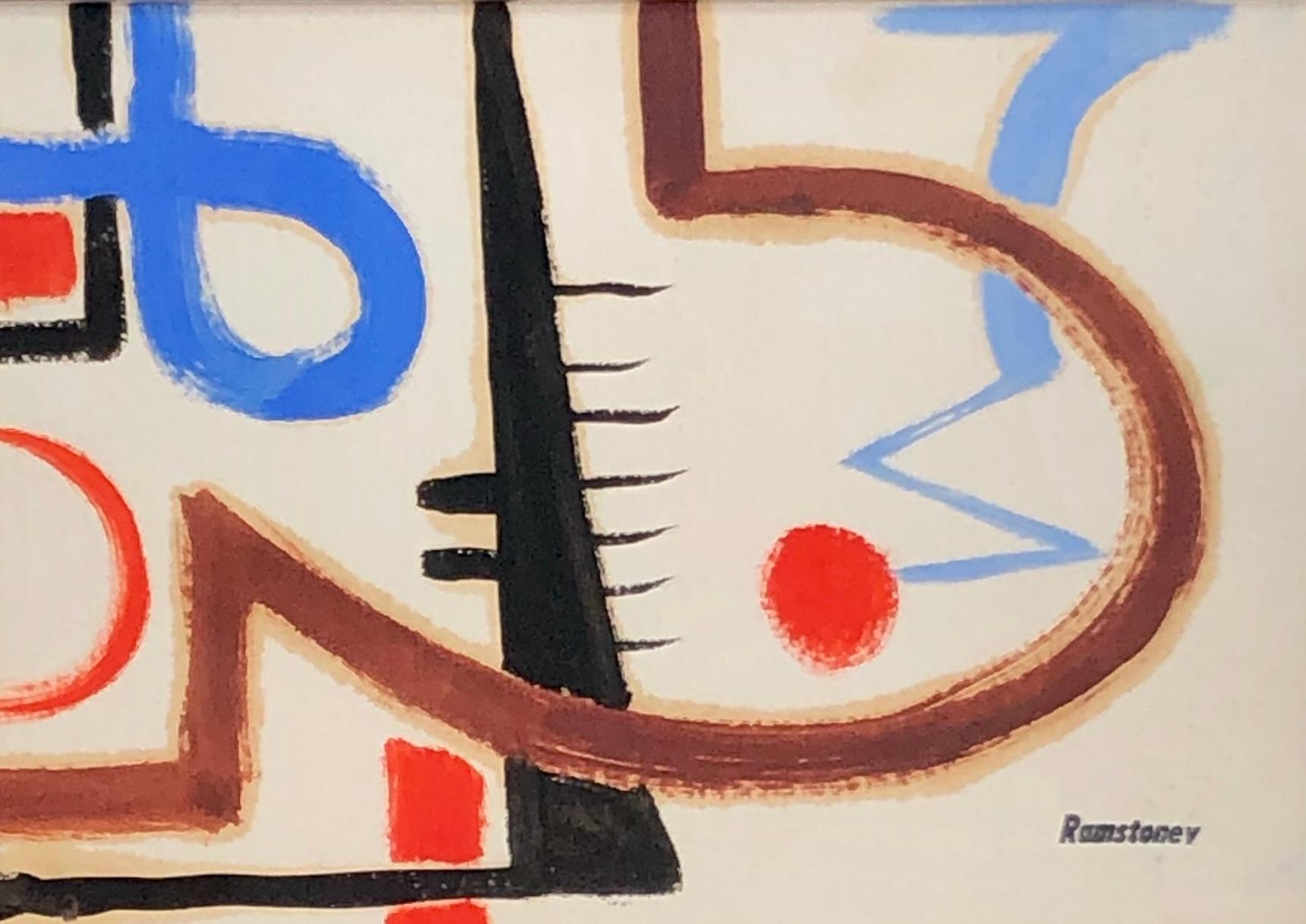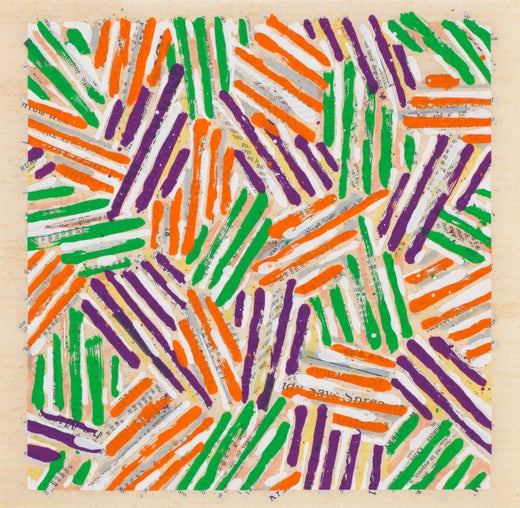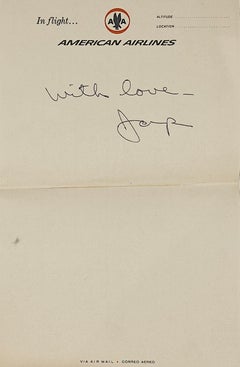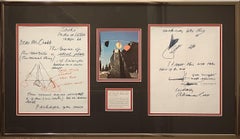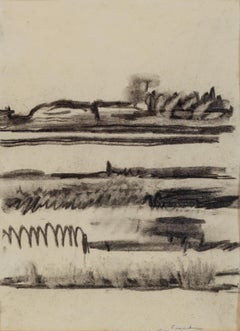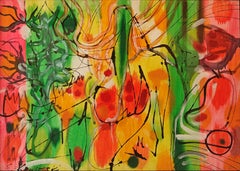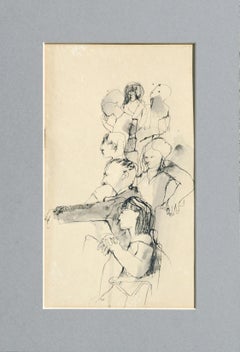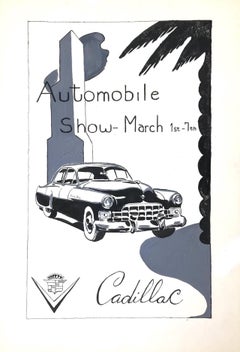Jasper Johns"Thank You Letter" Jasper Johns, Letter to Carolyn Brown, Artists Correspondence1977
1977
About the Item
- Creator:Jasper Johns (1930, American)
- Creation Year:1977
- Dimensions:Height: 10.75 in (27.31 cm)Width: 8.5 in (21.59 cm)
- Medium:
- Movement & Style:
- Period:
- Condition:
- Gallery Location:New York, NY
- Reference Number:1stDibs: LU1841216521462
Jasper Johns
Jasper Johns is an American painter, sculptor and printmaker born on May 15, 1930. He eventually became one of America's best known post–Abstract Expressionists and Minimalists.
Johns's name is most often associated with pictorial images of flags and numbers and Pop art subjects that he depicted in Minimalist style with an emphasis on linearity, repetition and symmetry. He completed his first flag painting in 1955, alphabet subjects in 1956, sculpture in 1958 and lithographs in 1960.
Find original Jasper Johns art on 1stDibs.
- ShippingRetrieving quote...Shipping from: New York, NY
- Return Policy
More From This Seller
View All1970s Modern More Art
Paper, Pen
1960s Modern Abstract Drawings and Watercolors
Paper, Felt Pen
1950s Modern Landscape Drawings and Watercolors
Paper, Charcoal
1940s Surrealist Abstract Paintings
Paper, Watercolor
1970s Abstract Abstract Drawings and Watercolors
Paper, Gouache
1960s Abstract Expressionist Abstract Drawings and Watercolors
Paper, Gouache
You May Also Like
1960s American Modern Figurative Drawings and Watercolors
Paper, Ink, Watercolor, Pen
Late 20th Century American Modern Figurative Drawings and Watercolors
Paper, Pen, Watercolor
Early 20th Century American Modern Abstract Drawings and Watercolors
Pen, Pencil
1940s American Modern Mixed Media
Mixed Media, Illustration Board, Pen
1940s American Modern Abstract Drawings and Watercolors
Paper, Watercolor
1930s American Modern Abstract Drawings and Watercolors
Paper, Watercolor, Gouache
Read More
Why Jasper Johns Is So Much More Than a Maker of Aloof Pop Art
A retrospective spanning two major East Coast museums demonstrates Johns’s massive role in contemporary art history. © 2021 Jasper Johns / Licensed by VAGA at Artists Rights Society (ARS), NY. Philadelphia Museum of Art Photo Studio; Joseph Hu
Lincoln Glenn Gallery Rediscovers American Art That Time Forgot
Gallerists Douglas Gold and Eli Sterngass tell us how they uncover lost treasures by stellar artists from the past 160 years.
